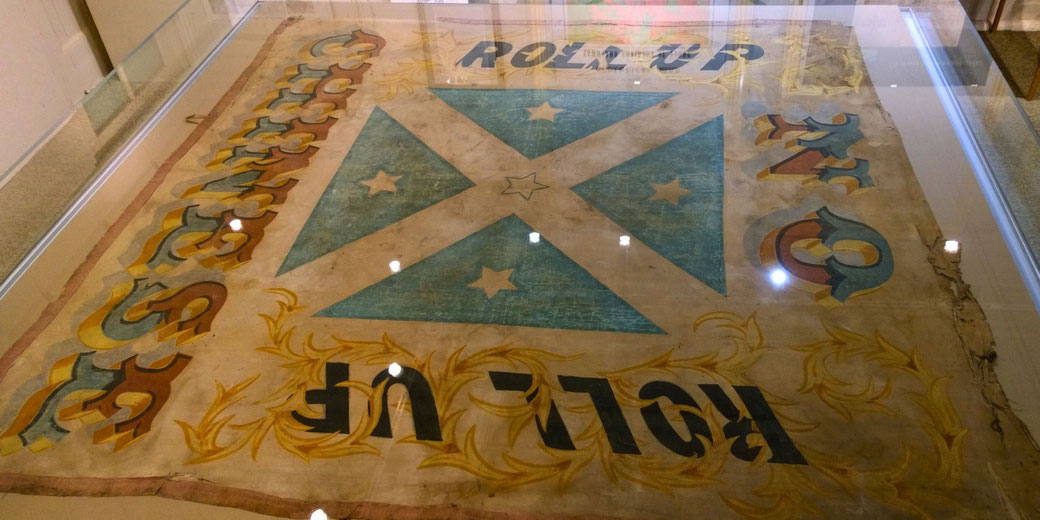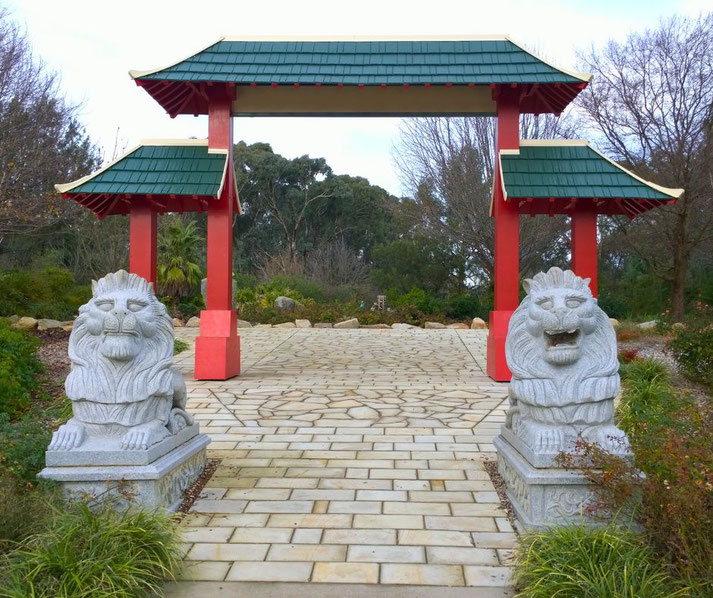The bloody anti-Chinese riots on the goldfields at Lambing Flat in Australia

In the middle of the 19th century, as gold fever swept over the colony of New South Wales in Australia, the promise of quick riches brought an influx of hopeful miners from all corners of the globe.
However, with this influx came deep social tensions and brutal violence. In particular, racial discrimination would prove to be a fertile ground for one of the most notorious riots in Australian history.
The gold rush era in New South Wales
When Edward Hargraves discovered gold at Ophir in 1851, he sparked a frenzy that drew people from around the world.
Thousands of prospectors flocked to the region, each hoping to strike it rich. With them came a surge of economic activity, as businesses sprang up to meet the needs of these new arrivals.
However, this rapid influx also brought challenges that the colony struggled to manage.
Tensions grew as competition for gold intensified, particularly between European miners and Chinese immigrants.

The Chinese miners found themselves targets of resentment and aggression.
European miners, who often worked alone or in small groups, viewed the Chinese miners’ practice of working in large, organized teams as a threat to their chances of success.
Their fears appeared to be confirmed when the Chinese teams were able to rework claims that European miners had abandoned and found gold where others had failed.
As a result, a growing sense of xenophobia developed, as the Chinese were depicted as alien and undeserving of the opportunities the goldfields offered.
European miners even began forming anti-Chinese leagues and openly demanded the expulsion of Chinese miners from the diggings. In some areas, these leagues organized boycotts of Chinese business and led violent attacks against Chinese camps.
Furthermore, the use of discriminatory terminology, such as ‘Celestials’ or ‘John Chinaman’ on posters or in newspapers, aimed to dehumanize the Chinese miners.
As a result, what began as economic competition soon turned into blatant racism.
What were the Lambing Flat Riots?
In 1860, tensions in the Burrangong goldfields began to escalate. The European miners felt that the Chinese were taking away too many of ‘their’ opportunities, particularly as the number of Chinese arrivals increased significantly.
The population of Chinese miners had reached over 2,000 by early 1861.
On December 2, 1860, an initial act of violence occurred when a group of European miners attacked a Chinese camp at Lambing Flat (the modern town of Young).
They destroyed property and injured several miners. In response to this initial clash, the colonial government sent a small police force to the area, but it proved inadequate.
Tensions continued to simmer throughout the early months of 1861, as anti-Chinese sentiment intensified.
By June 30, 1861, the situation reached a breaking point. On that day, an estimated 3,000 European miners gathered at Lambing Flat, and loudly demanded the removal of all Chinese miners from the goldfields.
When there was no clear response from the colonial authorities, the large crowd, who were armed with weapons, marched toward the Chinese camps.
There were over 1,200 Chinese in the camp. With little warning, the mob attacked, destroying tents, stealing property, and brutally assaulting anyone who resisted.
With little opposition from the small police force stationed in the area, the violence spiraled out of control.
The Chinese miners fled into the surrounding bushland to escape the vicious attacks.
Sadly, many of them lost everything they owned, and dozens suffered serious injuries. In total, the rioters ransacked and burned down over 500 tents.
Similar violent outbursts occurred in nearby goldfields, as the anti-Chinese sentiment spread like wildfire.
How did the government respond?
Alarmed by the scale of the unrest, the colonial authorities took immediate steps to restore order.
Within days of the riots, Governor Charles FitzRoy dispatched an additional force of 150 soldiers and police to the Lambing Flat goldfields.
This brought a temporary end to the violence and allowed the Chinese miners to return to the fields under the protection of the authorities.
In an effort to prevent further violence, the government also introduced a series of discriminatory laws aimed at controlling the number of Chinese immigrants entering the colony.
On November 3, 1861, the New South Wales Legislative Council passed the Chinese Immigration Act, also known as the Lambing Flat Act.
This imposed a tax on incoming Chinese immigrants and restricted their entry to specific ports.
Furthermore, it limited the number of Chinese passengers that any ship could carry. This effectively reduced the overall influx of Chinese miners.
While the government believed that these measures would ease tensions on the goldfields, they actually institutionalized the racial discrimination that had fueled the riots.
Over the next few years, the government took steps to increase the presence of law enforcement on the goldfields, hoping to deter any future outbreaks of violence.
However, it did little to address the underlying prejudice that persisted in the colony.
In the aftermath of the riots, many Chinese people who were victims of the attacks chose not to remain on the goldfields.
Those who did remain faced social exclusion and increased hostility from the broader European population.
As a result, the Chinese miners were often relegated to the margins of society and forced to work in less desirable conditions, or to move to more remote areas where they could avoid conflict.
Many Chinese immigrants, who were already far from home, formed tight-knit communities, where members relied heavily on each other for support and protection.
Yet, these communities remained vulnerable, as they had little recourse against the discrimination they faced on a daily basis.
It would be more than a century before some of the racist attitudes that fueled the riots finally began to disappear in Australian society.
What do you need help with?
Download ready-to-use digital learning resources
Copyright © History Skills 2014-2025.
Contact via email
With the exception of links to external sites, some historical sources and extracts from specific publications, all content on this website is copyrighted by History Skills. This content may not be copied, republished or redistributed without written permission from the website creator. Please use the Contact page to obtain relevant permission.





